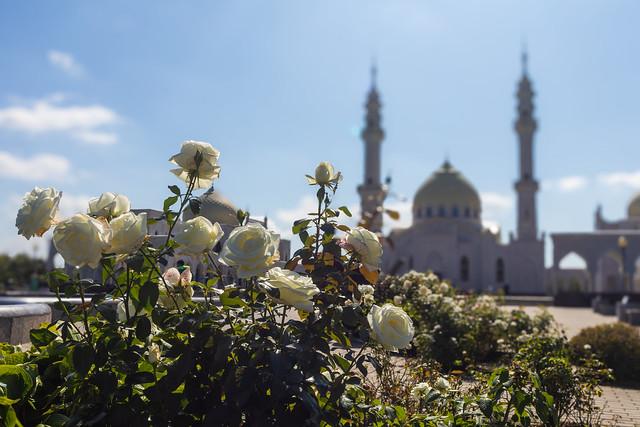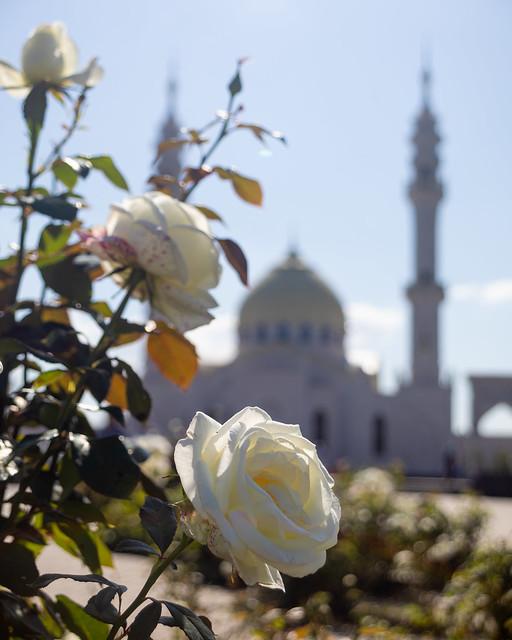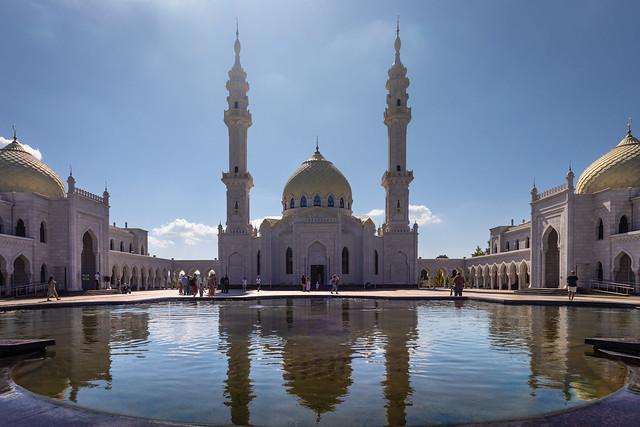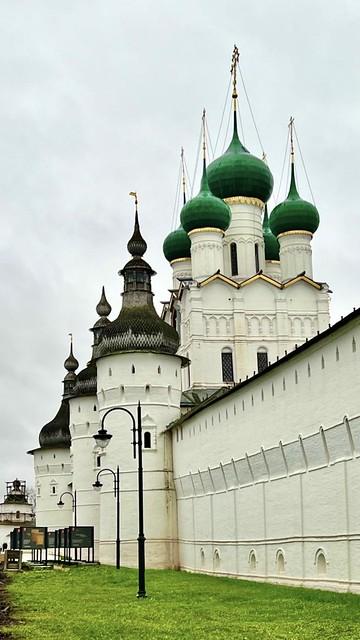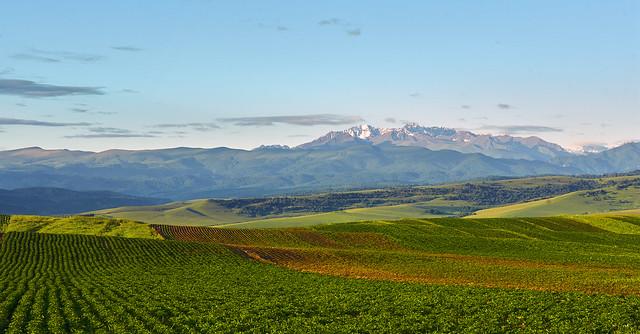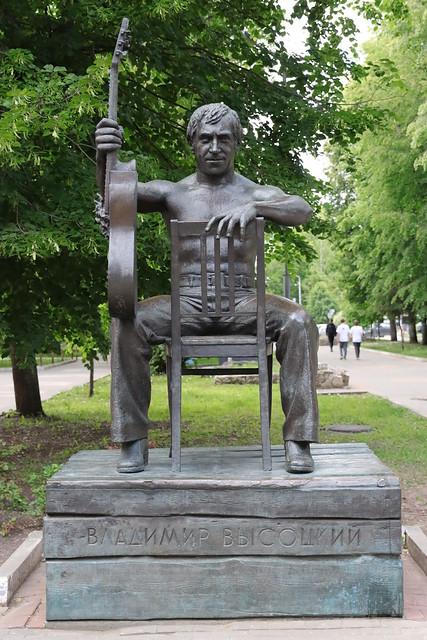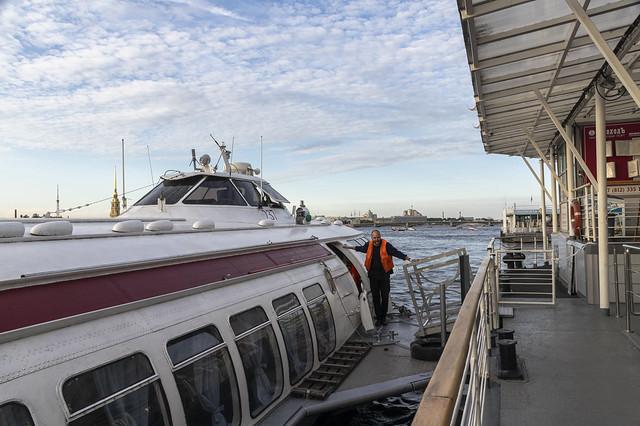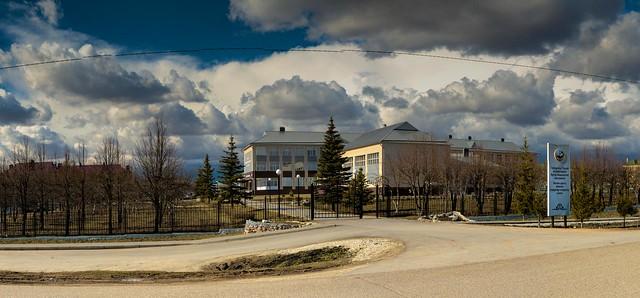Republic of Tatarstan
Overview
Location and Geography
The Republic of Tatarstan, situated in the heart of Russia, is a fascinating region that combines a rich tapestry of history, culture, and natural beauty. Bordered by the Volga River and the Kama River, Tatarstan features a diverse landscape ranging from lush forests to sprawling plains. The capital city, Kazan, is approximately 800 kilometers east of Moscow and serves as a vibrant hub of Tatar culture and history. The region covers around 68,000 square kilometers and is home to a population of over 3.8 million people, making it one of Russia's most populous republics.
Cultural Melting Pot
Tatarstan is known for its unique blend of ethnicities, with Tatars being the predominant group, followed by Russians, Chuvash, and others. This cultural amalgamation is reflected in the region's languages, traditions, and festivals. The Tatar language, a Turkic language, is widely spoken alongside Russian, creating a bilingual environment that enriches local interactions. Travelers can experience vibrant cultural festivals such as the Sabantuy, a traditional Tatar harvest festival featuring sports competitions, music, and traditional food. The region's cuisine, characterized by dishes like echpochmak (a triangular pastry filled with meat and potatoes) and chak-chak (a sweet dessert made from fried dough and honey), offers a delightful culinary journey that showcases Tatar hospitality.
Historical Significance
Tatarstan's history is deeply intertwined with the rise and fall of the Volga Bulghars, the Golden Horde, and the Kazan Khanate, which was a significant center of power before its conquest by Ivan the Terrible in 1552. The Kazan Kremlin, a UNESCO World Heritage site, stands as a testament to this rich past, featuring stunning architecture that blends Islamic and Russian influences. The iconic Qol Sharif Mosque, named after a legendary Tatar leader, is one of the largest mosques in Russia and a symbol of the region's Islamic heritage. Visitors can explore the Kremlin’s ancient walls, towers, and museums that narrate Tatarstan's storied history, providing insights into the interplay of cultures over centuries.
Modern Atmosphere
Today, Tatarstan is a modern republic that embraces its historical roots while looking towards the future. Kazan is renowned for its dynamic atmosphere, with a bustling city center that features contemporary shopping malls, cafes, and theaters. The city is often dubbed the "Third Capital of Russia" due to its economic significance and cultural vibrancy. The Family Center, a stunning architectural marvel resembling a giant bowl, stands as a symbol of family values and unity in Tatar culture. The city also hosts numerous international events, including the World Aquatics Championships and the FIFA World Cup, showcasing its ability to blend tradition with modernity.
Local Characteristics and Attractions
Travelers to Tatarstan will find a warm and welcoming atmosphere, characterized by the hospitality of the people. The region is dotted with picturesque villages, each offering a glimpse into the traditional Tatar way of life. The Volga River provides opportunities for outdoor activities such as boating and fishing, while the surrounding nature reserves are perfect for hiking and experiencing the region's diverse flora and fauna. Notable attractions include the Island of Sviyazhsk, a historic town founded by Ivan the Terrible, and the Raifa Monastery, known for its serene beauty and spiritual significance.
In Tatarstan, the past seamlessly intertwines with the present, offering travelers a unique experience that transcends the typical Russian narrative. With its rich cultural heritage, historical landmarks, and warm hospitality, Tatarstan promises an enriching journey that will leave lasting memories.
How It Becomes to This
History not available

You May Like
Explore other interesting states in Russia
Discover More Area
Delve into more destinations within this state and uncover hidden gems.



